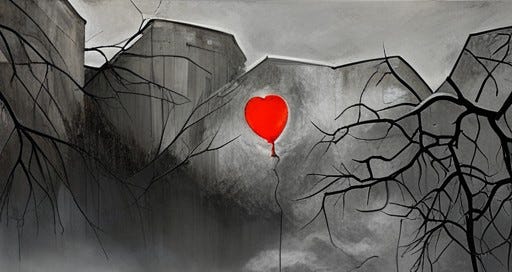Vulnerability and Its Dimensions!
Think of vulnerability like a special pair of glasses that anthropologists wear to understand not just poverty, but all the different challenges people face in their lives. It's like having a tool that helps us see how different things—like cultural beliefs, the environment, politics, and personal identity—can make some people or groups more at risk of difficulties. Vulnerability has different dimensions and types, which are mentioned below.
Let's start with cultural vulnerability. Imagine how the things people do every day, like their traditions or customs, can either protect them or put them in danger. For example, certain beliefs about how men and women should act might make some groups more likely to have problems with money or health. Looking at cultural vulnerability helps anthropologists understand how the way we live and what we believe can affect how we deal with challenges.
Then there's environmental vulnerability. This is about how the world around us, like changes in weather or natural disasters, can impact our lives. Anthropologists study how communities deal with these changes and what they do to stay safe. It helps us see how our surroundings affect our culture and how we respond to challenges.
Political vulnerability is like looking at who has power in a society and how that can make some groups more vulnerable. It's not just about money; it's about how certain groups might not have the same say in decisions that affect them. This lens helps us understand the unfairness in power and how it affects vulnerability.
Identity and vulnerability go hand in hand. Everyone's experience of challenges is different, depending on things like their gender, race, or social class. By looking at how these factors intersect, anthropologists get a better understanding of how people from different backgrounds experience vulnerability.
But vulnerability isn't just about problems; it's also about how people deal with them. Anthropologists look at the social connections, community groups, and cultural practices that help communities bounce back from tough times. It's like seeing not just the challenges but also the strengths and strategies people use to overcome them.
There's an ethical side to vulnerability too. Anthropologists have to be careful when studying vulnerable groups to make sure their research doesn't harm them. This means thinking about how they represent people, get permission, and make sure their research is respectful and fair.
Looking at vulnerability over time helps us see the long-lasting effects of challenges. It's like understanding how something that happened a long time ago can still affect a community today. This helps anthropologists see the bigger picture and how challenges can shape the way societies develop.
Lastly, in our global world, vulnerability is like a tool to understand how big changes, like new technologies or economic shifts, affect different societies. It helps us see how interconnected we are and how challenges in one part of the world can impact people far away.
In simple terms, vulnerability is like a special set of glasses that helps anthropologists see and understand all the different aspects of life—both the challenges and the ways people overcome them. It's like a tool that lets us explore the complexities of human societies and how we navigate through the ups and downs of life.



